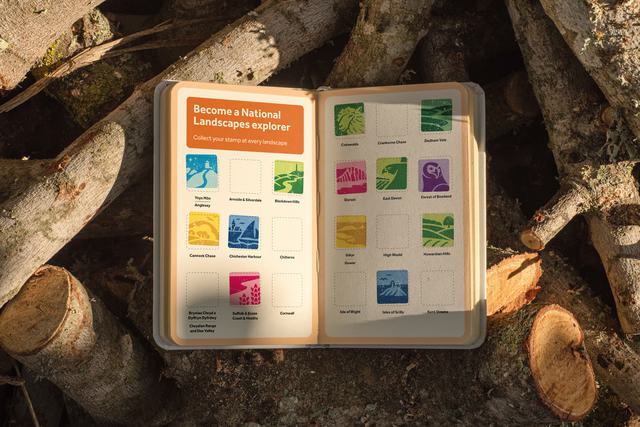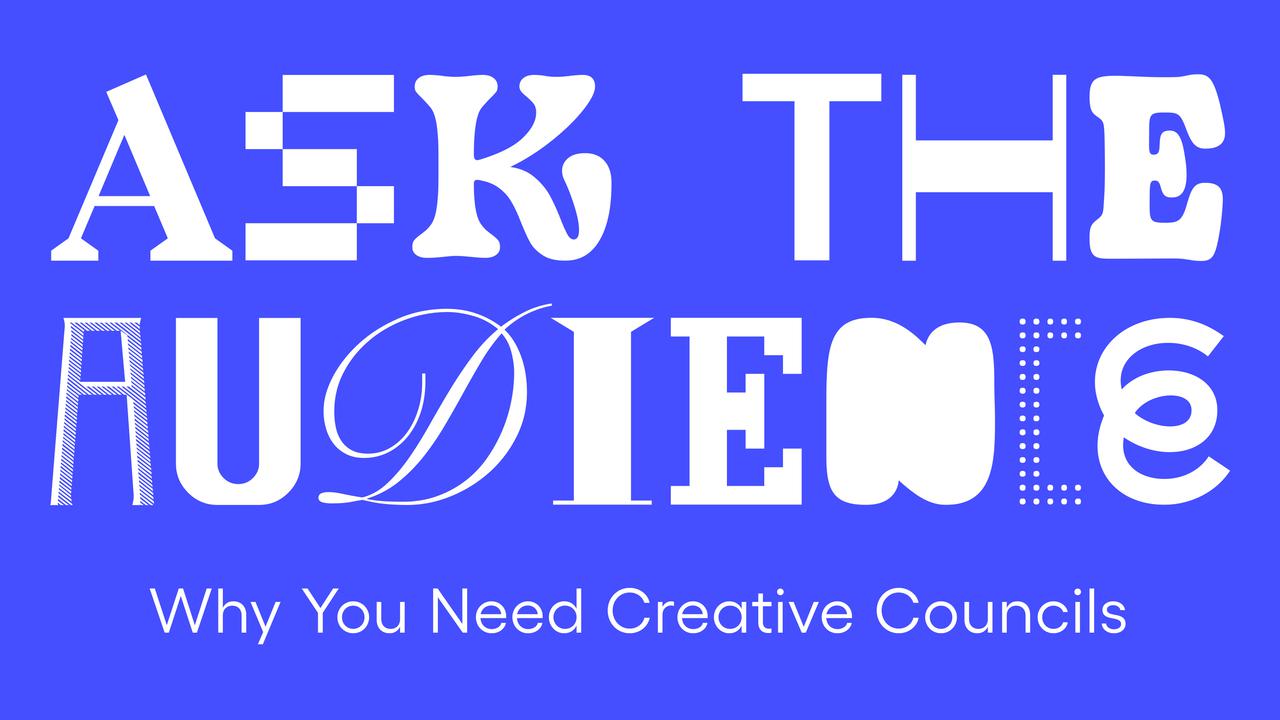We often work with charities, brands and organisations that aim to speak about sensitive issues, change behaviours or cater to an audience who have been traditionally overlooked and underserved.
These are not small challenges.
Providing insights about the target audience at the heart of a creative brief has always been a core part of the strategic process. However, we had a feeling there was more we could do to really get to know and connect with the audience.
Forming a Creative Council
When we were tasked with developing a new brand for National Landscapes we were excited by the prospect of uniting the diverse network of 38 National Landscapes (formerly known as Areas of Outstanding Natural Beauty) in England and Wales under a shared story and design system.
However, one element of the brief stood out: how could the organisation welcome and engage audiences who weren’t already familiar with these landscapes despite the fact that, in many cases, they lived or worked on their doorsteps?
What were their likes and dislikes when it came to the outdoors? What was going to make them tie up their shoelaces and venture somewhere new? And what had been putting them off from doing so? These questions were fundamental to our strategy, and we knew the answers to them wouldn’t be found in internal brainstorms or traditional research methodologies – we needed to go deeper.
So, we turned to an approach we’d been developing for the previous year or so.
We made the audience a part of our team by working with a Creative Council.

A Creative Council is a diverse group of people who represent the target audience. The members act as our sounding board and offer ongoing suggestions for the work – from the early strategic phases to the creative development. This level of involvement gives them the opportunity to input into the visual and verbal direction, as well as the overarching approach.
In the case of National Landscapes, the Creative Council had six diverse voices (external to us and the organisation). The members provided useful direction in challenging our assumptions and guiding our thinking in our delivery. And we’ve continued incorporating this approach into other projects such as brand work, campaigns or film.
What we learnt from working with Creative Councils
1. It’s time to go far beyond uniform focus groups
Traditional audience insights methods like focus groups and surveys still have a place in the process. However, with these approaches, we find that target audiences can get lumped into homogenous categories (groups based on similar traits). But, although people may share characteristics, no two people are entirely alike.
To get the most out of the groups, it’s important to carefully recruit a diverse selection of people who share traits of the audience profile, but bring different perspectives to the table – shaped by their background and experiences. This approach helps to highlight different questions and provoke a healthy debate, while creating a safe space for them to challenge the work from the very outset and ultimately make it stronger.
For example, when recruiting for the National Landscapes Creative Council, we identified nature enthusiasts from underserved communities who were actively aiming to open up the outdoors to others who feel excluded.
2. Get insights early and request feedback often
It’s important to spend some time getting to know each other as a group before diving into creative feedback. You can start the process with a workshop to gain an understanding of each member’s experiences and brand preferences, discussing the mistakes they find brands typically make when engaging with their community and points to monitor. You should continue to engage with them regularly throughout the strategic and creative process.

For a recent rebrand for the LGBTQIA+ charity Switchboard we built a team and process to gather as many perspectives as possible, including both a Creative Council – made up of Switchboard’s volunteers – in addition to Switchboard staff and members of our own team, who all identify as LGBTQIA+.
Our learnings influenced everything from the visual identity to the tagline, which we strategically shifted from ‘LGBT+ Helpline’ to ‘LGBTQIA+ Support Line’ to ensure the charity can reach everyone who may need their support.
Oops, looks like there was an error loading your video! 😳
Our campaign film ‘Through Her Eyes’ with Southwark Council is aimed at men and boys aged 16 to 25 years old to help tackle male violence against women and girls. We developed the film concept closely with young people from Southwark to ensure the film portrayed an authentic representation of the everyday sexual harassment women and girls experience.
When writing the film script, we collaborated with female talent from local universities to adapt the language and nuances that would cut through to viewers. The film was screened in all 18 secondary schools in Southwark, where it resonated widely with students. One male student said “before, this was all normalised, but it’s definitely something that’s going to be in my mind from now on because it shouldn’t be normal.”
3. Creativity can only get you so far
One of the biggest things we recognise is that a nice visual identity or piece of creative communication can never plaster over any organisational barriers to connecting with the audience in the first place.
Brand communications can absolutely make organisations feel welcoming to a range of people. But the organisation must do the groundwork to make themselves truly accessible.
When you tackle internal challenges to deeper connections with audiences and create pathways for inclusion, the progress that can be made from communications can begin to shape an entire sector and society – ultimately leading to true and sustainable change.
